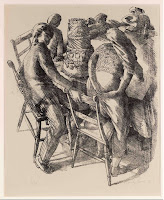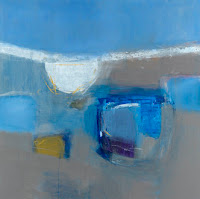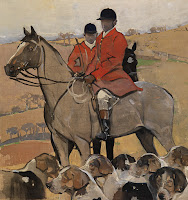Jan Fabre: Knight of the Night

Strange exhibition at the Ronchini Gallery of work by Jan Fabre. OK I’ll admit I’d done a lot on the day I saw this so I’d probably had art overload! Yes even I can do too much! The show consisted of a video, made in 2004, of the artist, in medieval armour battling himself for five hours in what looked like a warehouse. Why would you do that? Did the video last 5 hours? Who would watch it? This was shown with sculptures made from the wings of scarab beetles with of pieces of armour or skulls. I did like the skulls in wonderful iridescent colours. However some of the quotes from the artist sent me running for a reviving cup of tea! “As I write this my ego is starting to float around the living room.” I think having typed that I’m off for another one! Closed on 12 March 2016



























